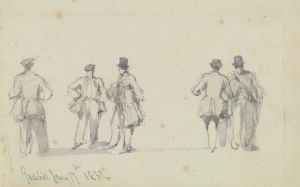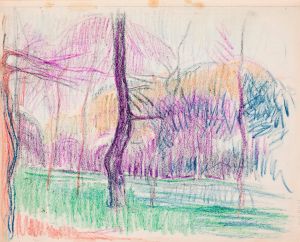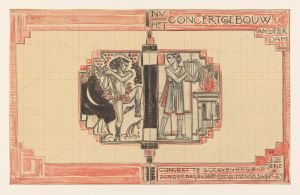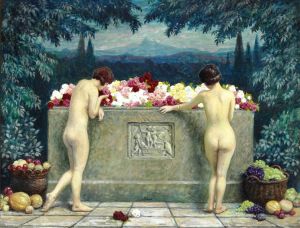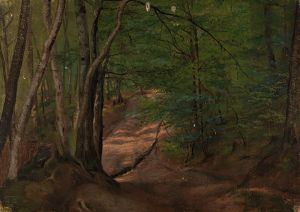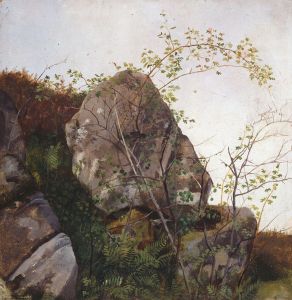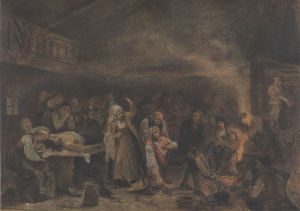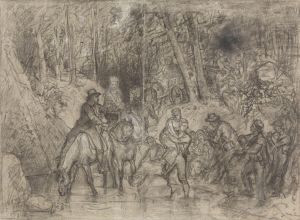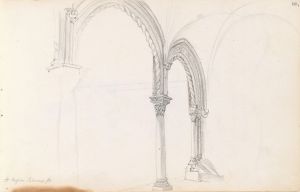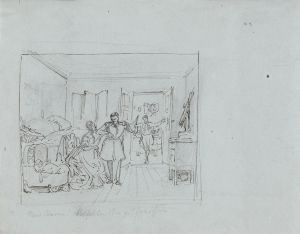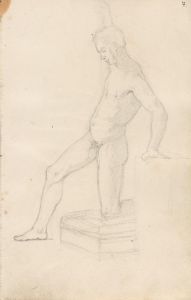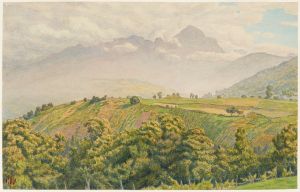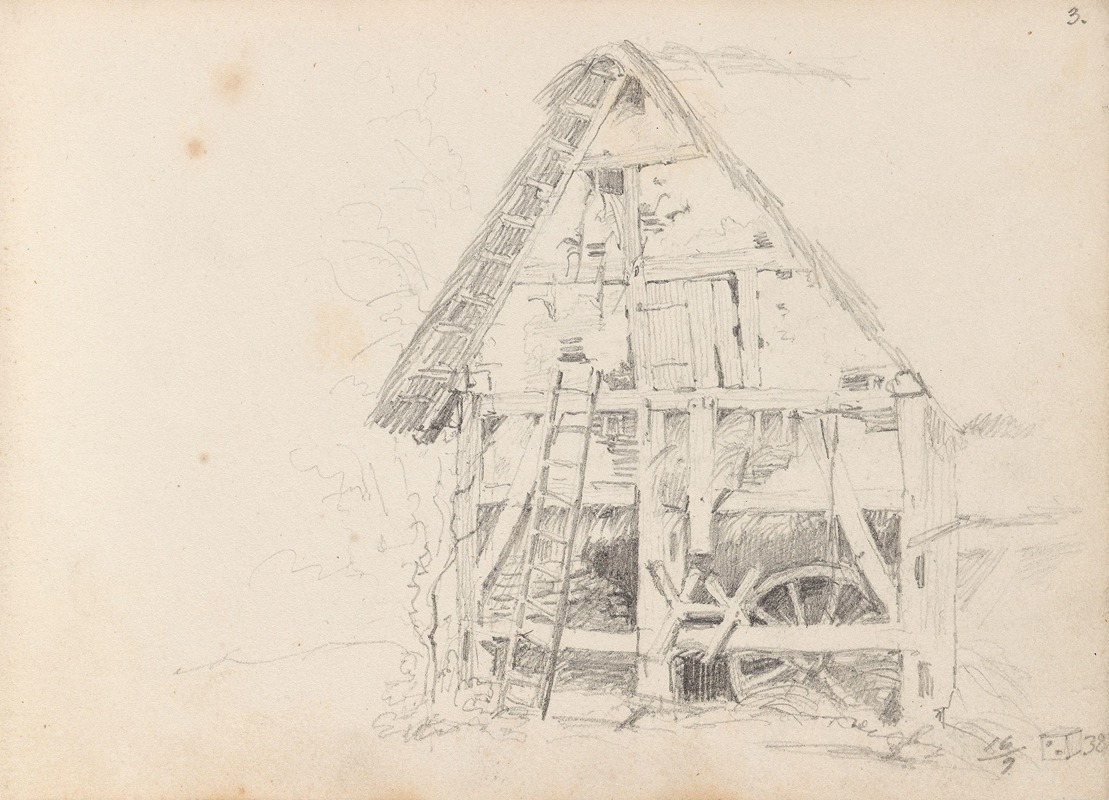
Falleferdig uthus
A hand-painted replica of Adolph Tidemand’s masterpiece Falleferdig uthus, meticulously crafted by professional artists to capture the true essence of the original. Each piece is created with museum-quality canvas and rare mineral pigments, carefully painted by experienced artists with delicate brushstrokes and rich, layered colors to perfectly recreate the texture of the original artwork. Unlike machine-printed reproductions, this hand-painted version brings the painting to life, infused with the artist’s emotions and skill in every stroke. Whether for personal collection or home decoration, it instantly elevates the artistic atmosphere of any space.
Adolph Tidemand was a prominent Norwegian painter in the 19th century, known for his detailed and evocative depictions of Norwegian life and culture. His works often focused on the everyday life of rural communities, capturing the essence of Norwegian traditions and landscapes. One of his notable works is "Falleferdig uthus," which translates to "Dilapidated Outhouse" in English. This painting is a testament to Tidemand's ability to portray the rustic and sometimes harsh realities of rural Norwegian life.
"Falleferdig uthus" is characterized by its realistic depiction of a decaying structure, which serves as a metaphor for the passage of time and the inevitable decline that comes with it. The painting showcases Tidemand's skill in using light and shadow to create a somber yet poignant atmosphere. The outhouse, likely a common sight in rural Norway during Tidemand's time, is depicted with meticulous attention to detail, highlighting the weathered wood and the overgrown vegetation surrounding it. This level of detail is a hallmark of Tidemand's work, reflecting his dedication to capturing the authenticity of his subjects.
The painting is also significant for its cultural context. During the 19th century, Norway was undergoing significant social and economic changes, with many rural communities facing challenges such as poverty and emigration. Tidemand's work often reflected these themes, providing a visual narrative of the struggles and resilience of the Norwegian people. "Falleferdig uthus" can be seen as a representation of these broader societal issues, using the image of a dilapidated building to symbolize the fragility and endurance of rural life.
Adolph Tidemand was part of the Düsseldorf school of painting, which emphasized detailed and realistic portrayals of subjects. This influence is evident in "Falleferdig uthus," where Tidemand's precise brushwork and careful composition create a lifelike representation of the scene. His ability to infuse his paintings with emotional depth and narrative complexity made him one of the leading figures in Norwegian art during his lifetime.
While "Falleferdig uthus" may not be as widely recognized as some of Tidemand's other works, such as "Haugianerne" or "Brudeferd i Hardanger," it remains an important piece within his oeuvre. It exemplifies his commitment to documenting the realities of Norwegian life and his skill in transforming everyday scenes into compelling works of art.
Overall, Adolph Tidemand's "Falleferdig uthus" is a significant work that captures the essence of rural Norway in the 19th century. Through his detailed and realistic portrayal of a simple outhouse, Tidemand offers viewers a glimpse into the past, inviting them to reflect on the passage of time and the enduring spirit of the Norwegian people.






